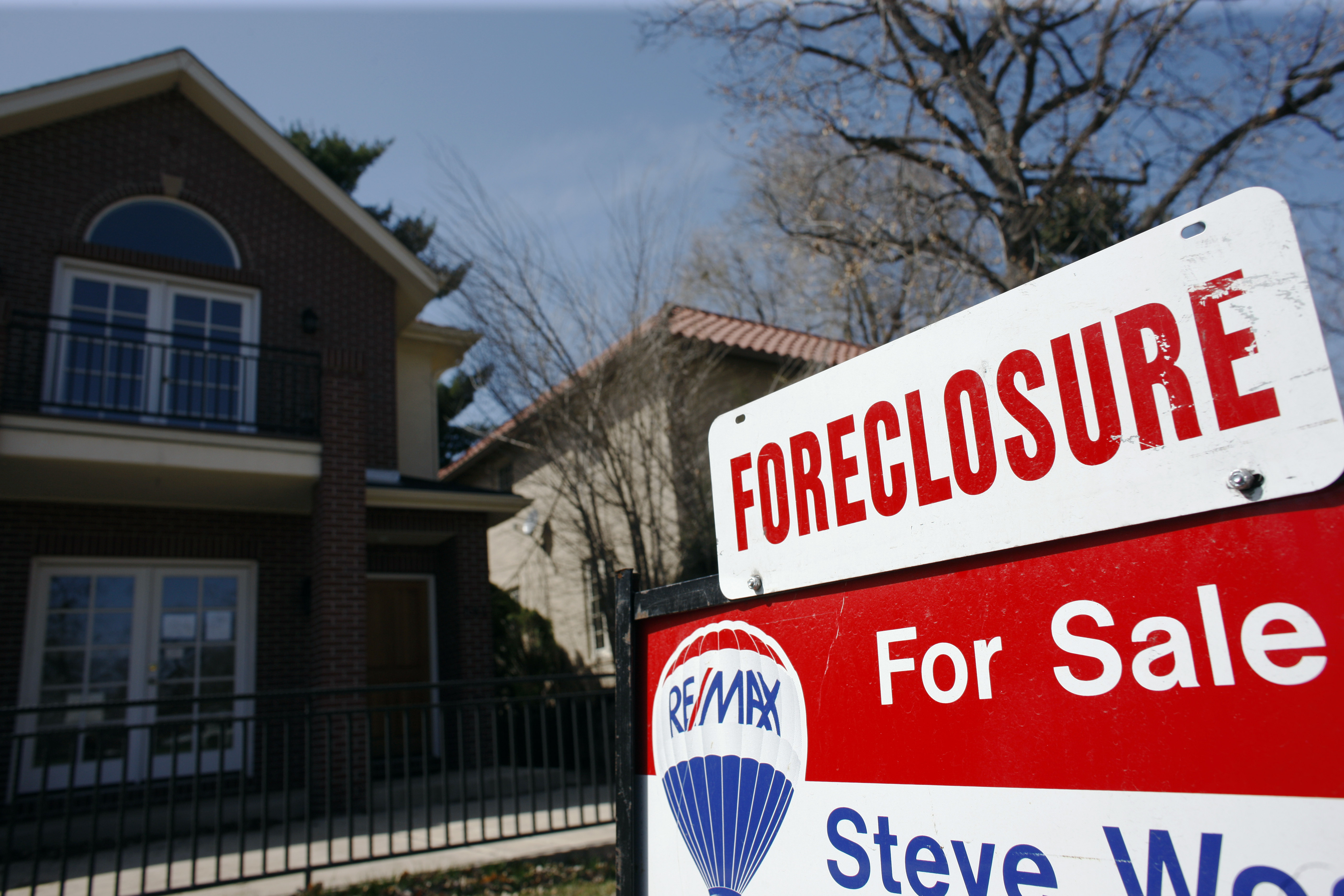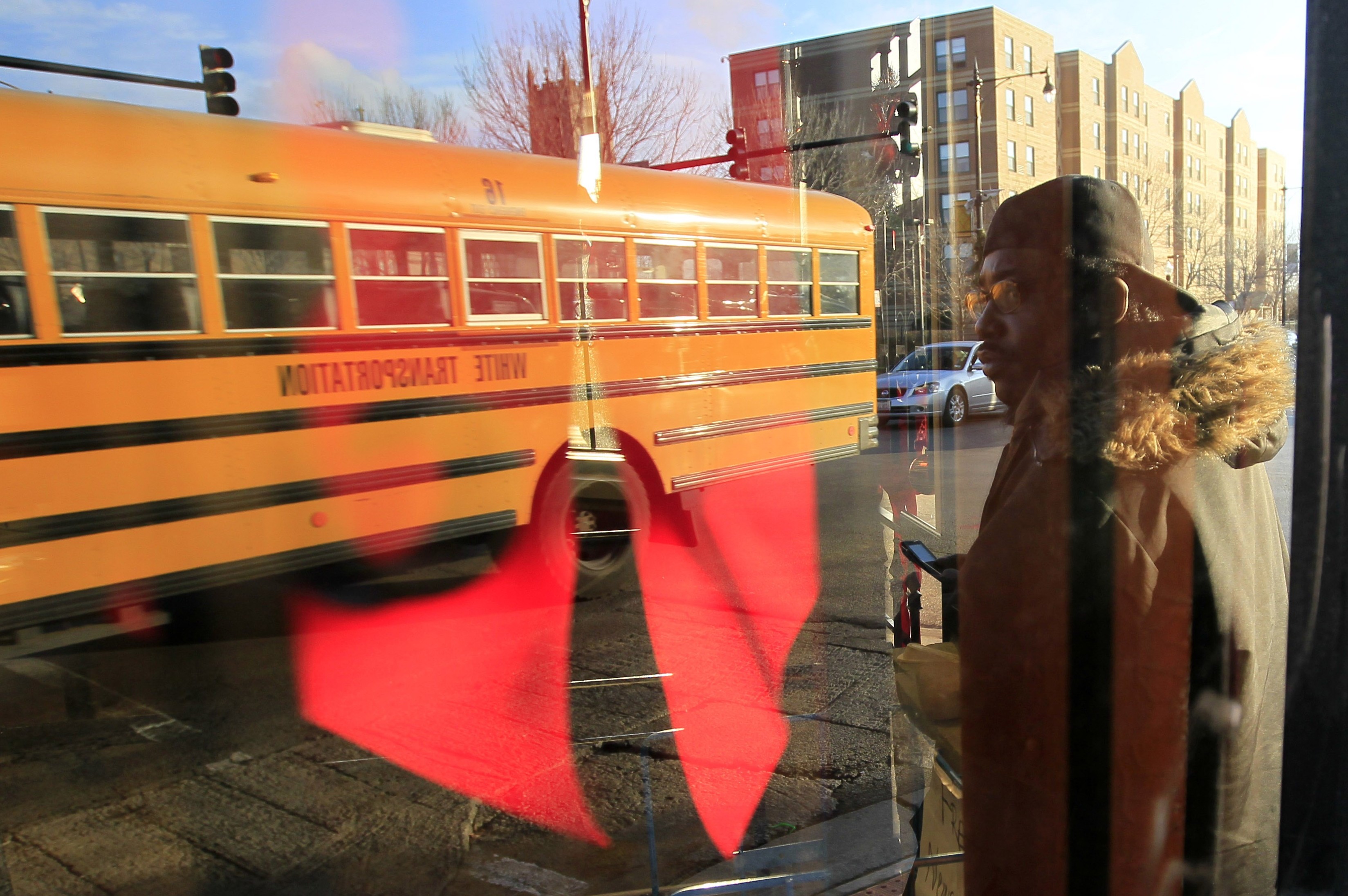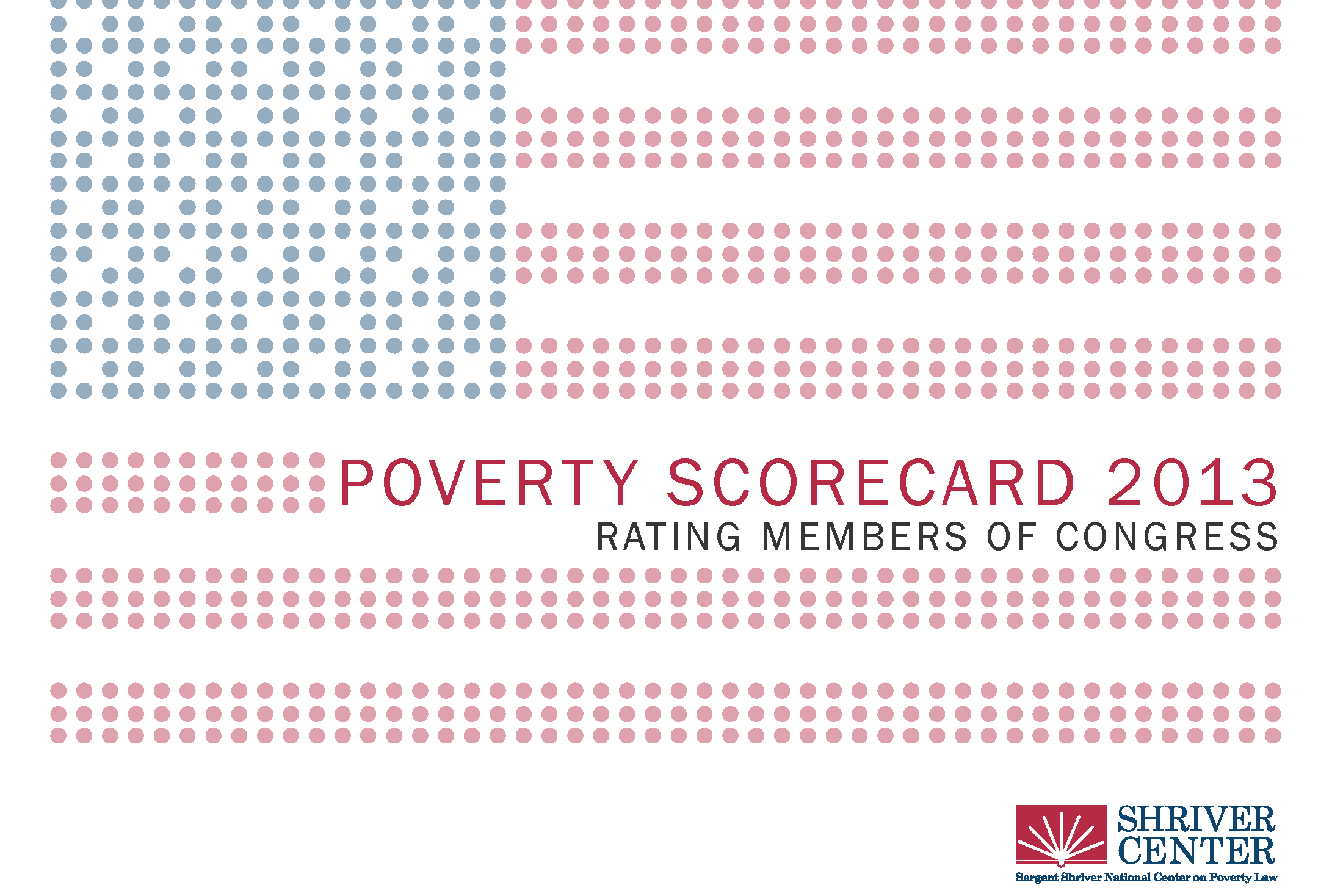Progressives south of the Canadian border are celebrating the sweeping victory of Prime Minister-designate Justin Trudeau and the Liberal Party in Monday’s election. With an absolute majority, the Liberals have achieved both the political mandate—and the power—to turn the tide on years of conservative policymaking and move our northern neighbors toward a more progressive future.
My family is Assiniboine—from the Carry the Kettle First Nation in Saskatchewan. Though politics drew an artificial boundary a long time ago, our people—like so many of our neighboring tribes— straddle the US-Canada border. Our families, cultures, and histories are borderless. That is part of the reason I pay a lot of attention to Canadian politics—and to what our First Nations and family to the north have to teach us.
Here are three takeaways from Canada’s election that tribes and political leaders should consider as we organize for 2016.
Close the Worst Gaps
The differences in health, education, and well-being between Native and non-Native people on both sides of the border are stark. Last month, the Assembly of First Nations—the largest national organization representing First Nation citizens in Canada—released their priorities for the federal election. National Chief Perry Bellegarde opens the new agenda with a call to action:
“Closing the gap in the quality of life between First Nations and Canada builds a stronger, healthier country for all of us. We need change now—we must close the gap.”
The gap is indeed wide—but not just in Canada. Half of First Nations children live in poverty, a figure that is triple the national average. Here in the US, 47 percent of children on reservations live in poverty, compared to the US rate of 21.1 percent. Secondary school graduation rates are 35 percent for First Nation students, compared to 85 percent for all Canadians. Here, Native students have a graduation rate lower than any other racial and ethnic group at 68 percent. The graduation rate for students served by the Bureau of Indian Education is only 53 percent, compared to the national graduation rate of 80 percent. Perhaps most troubling is the crisis of youth suicide on both sides of the border. First Nations youth in Canada commit suicide at five to six times the rate of non-aboriginal youth, and the Native Youth suicide rate in the US is two-and-a-half times the national rate.
Not only should our candidates in the US have clear platforms for improving the education, welfare, and health of tribes, but they should focus on closing some of the widest and most extreme gaps in outcomes between Native people and the rest of the population.
Each of the leading progressive parties in Canada had clear platforms for First Nations and policy commitments that targeted these gaps. The new Liberal government has committed to increasing funding for K-12 First Nations education by $2.6 billion.
US political candidates should use the campaign trail to meet with—and listen to—tribal leaders and their communities in order to build meaningful policy platforms.
Rock the Native Vote and Fight Voter Disenfranchisement
Strong grassroots organizing contributed to a huge Native voter turnout in the Canadian election. Polling stations in six First Nation communities ran out of ballots. Many local observers believe the shortage was due in part to the Canada elections board underestimating the turnout. The Assembly of First Nations identified 51 “ridings”—the name for local elections in Canada—where First Nations voters in particular influenced the outcome.
Organizers in the US are also helping to get Native people to the polls through initiatives like the Native Vote campaign, but they face a formidable obstacle—efforts to disenfranchise Native voters.
The situation is so bad in Jackson County, South Dakota, that the US Department of Justice has now joined in a lawsuit accusing county officials of disenfranchising Native people from the Pine Ridge reservation. This disenfranchisement occurs through a highly restrictive early voting system and polling locations that require traveling long distances. And in Buffalo County, South Dakota, members of the Crow Creek reservation make up 85 percent of the population but have very few accessible options to cast a ballot.
Candidates in the US should speak out loud and clear during the campaign about the need for a fair and accessible election system for Native people.
Get Talk Poverty In Your Inbox
Listen to Young Native People
When you look at the numbers, Native people in Canada and the US are a young and fast-growing population. This growth is clear in Canada when you consider that 54 Native people ran in this election.
Young Native people in the US were front and center in our politics this year too. Not only did President Obama meet with a group of Native youth during his trip to the Standing Rock Sioux Tribe, but he released a new Native youth agenda at the annual White House Tribal Nations conference, launched a new national leadership network called Generation Indigenous, and held the very first White House tribal youth conference this summer.
Candidates should pledge to keep this momentum going for our young people by building policy platforms that include Native children and youth. Take a cue from President Obama and his successful leadership in tribal policy.
There is no separation between the Native nations, peoples, and cultures that straddle the US-Canada border. It is colonial history and imposed political systems that necessitate advocacy for change on “both sides.”
North or South, elections still matter, and Native people deserve and need a strong voice to help determine our elected leaders and their policies.











